
North Dakota Outdoors Milestone
Ninety years ago, the first issue of North Dakota OUTDOORS was published.
The five-page bulletin was made available to the public in August 1931 to educate and inform readers across the state about ongoing and future-looking conservation efforts.
While much has changed in 90 years in the technology and effort involved in getting NDO into the hands (or on the screens) of readers, the publication’s purpose is mostly unchanged.
To recognize this decades-long marker, we took a look, albeit abbreviated, inside the covers of NDO over time.
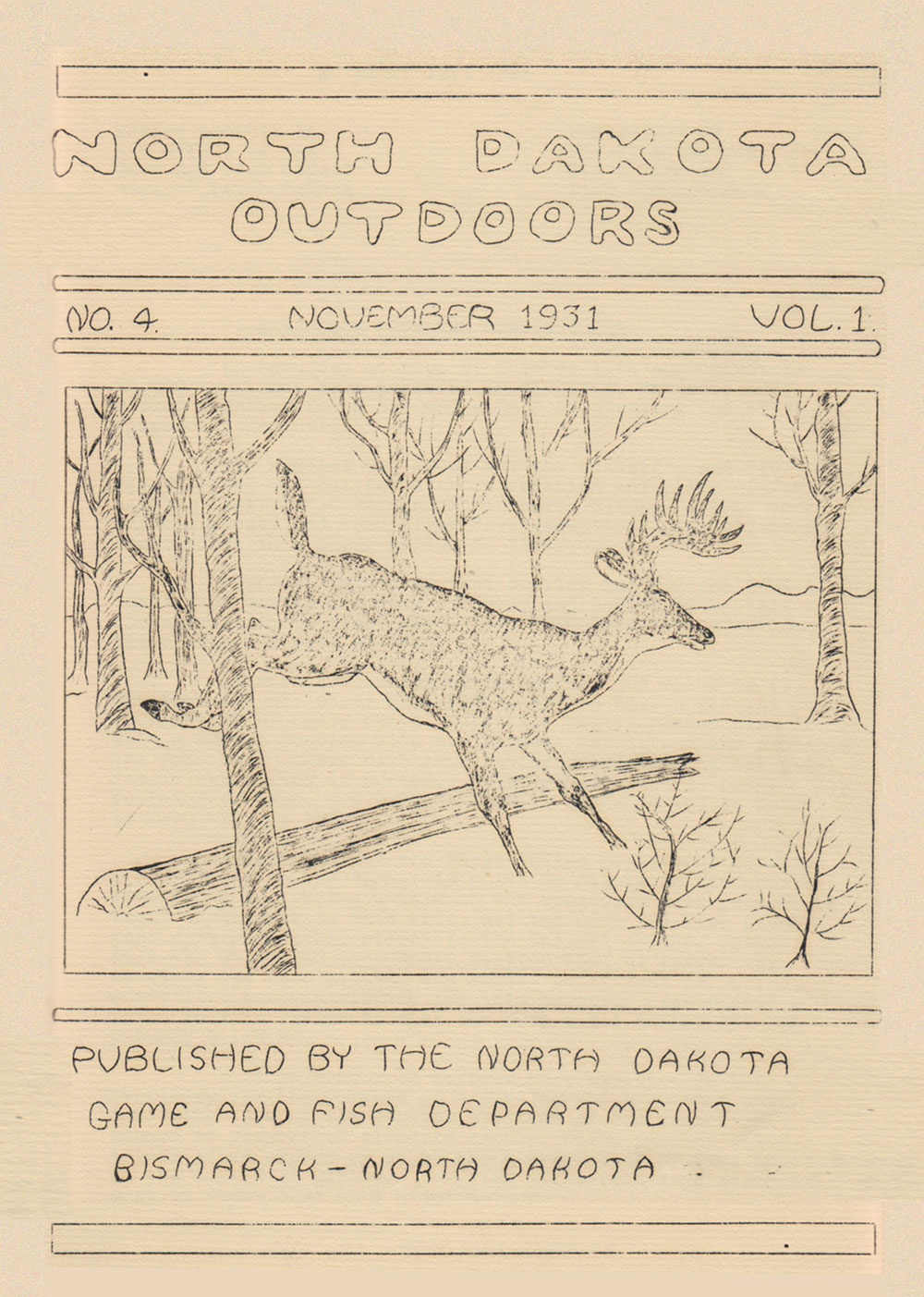
1931
We do not know whether there is a ‘Last Man’s Club’ for whooping cranes, but if so, North Dakota can furnish a member. On September 30th Commissioner Maurek and Russel Reid, in an airplane, secured moving pictures of a whooping crane which was seen in company with a flock of sandhill cranes near Buffalo Lake north of Dawson. Owing to the difficulties attendant upon the taking of such a picture from a fast-moving plan, the results were not so good as had been hoped for, but the pictures, as developed, leave not question as to the identity of the bird. As whooping cranes have been declared by the Bureau of Biological Survey to be an extinct species, much interest has been exhibited in this report.
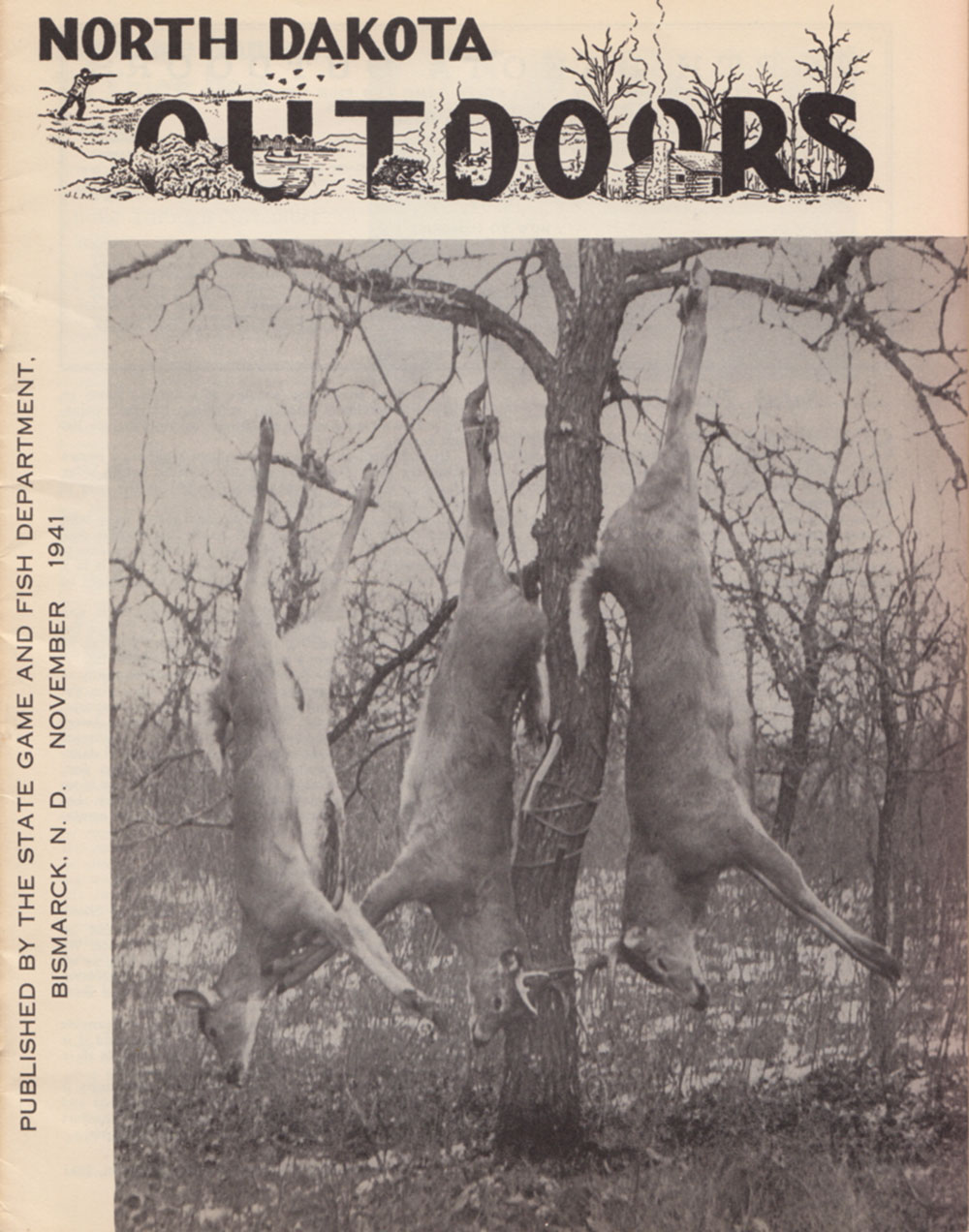
1941
North Dakota big game hunters will have another opportunity to take to the woods in search of the elusive deer the latter part of this month. A regular deer season is, most generally, held every two years. Last year a special season was held in the Turtle Mountains in order to thin out the population in that particular section. The staff working under the Federal Aid Division of the State Game and Fish Department estimate that there are between 7,000 and 8,000 deer in the state. The survey was made by airplane. From all indications, several thousand hunters will take to the woods for the season this fall.
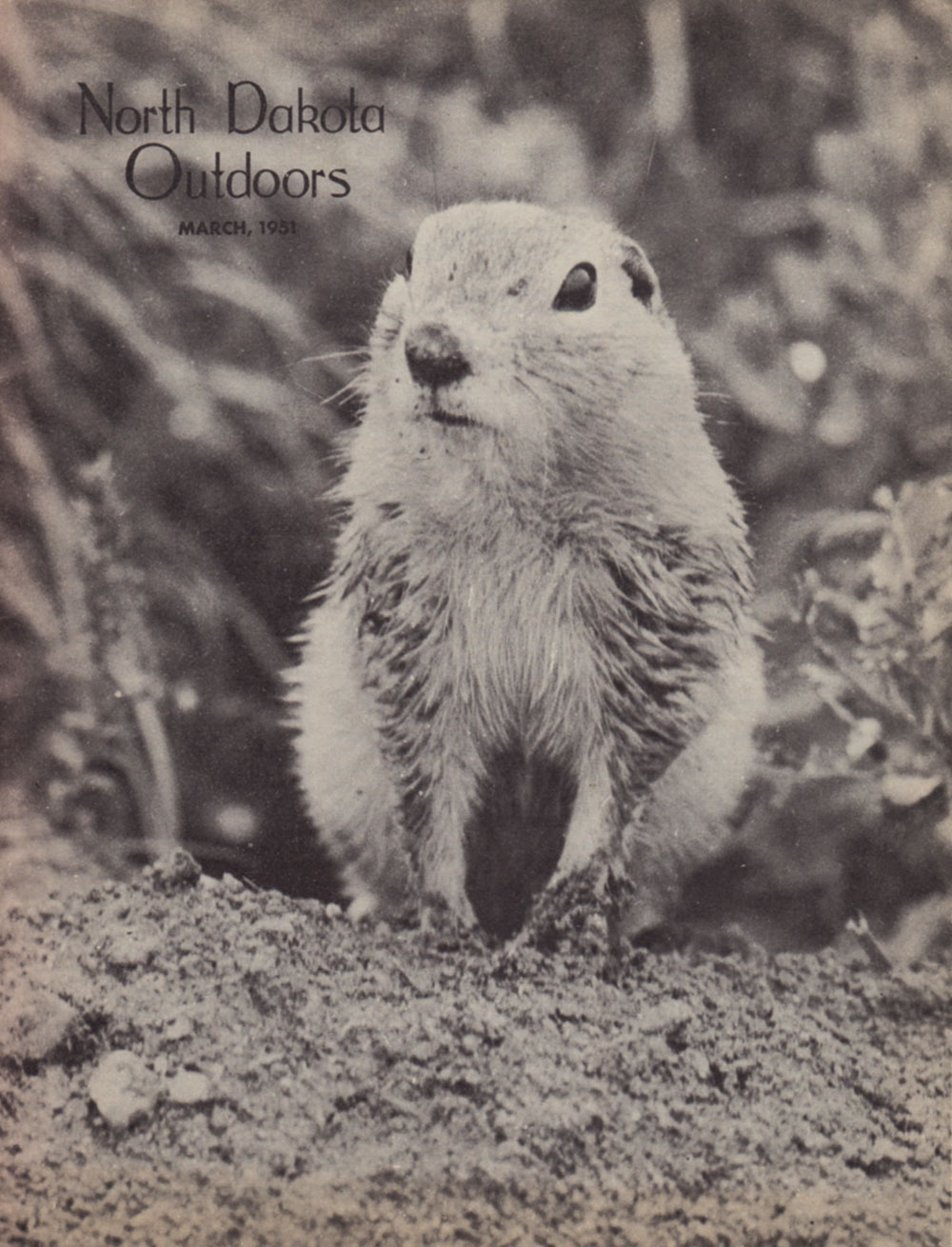
1951
The job of education is going ahead, led by the more progressive of the state departments. But until the day when the average sportsman figures that he is a custodian of our heritage of game birds and animals, education is not enough. When you force that state to spend extra dollars on enforcement, you cut down the amount that can be spend on habitat improvement, stocking, hatcheries and research. The game law violator is a thief, and the greatest enemy of conservation today!

1961
Many times, since North Dakota first legalized bowhunting in 1954, have we heard bowhunters remark that after hunting deer with a bow and arrow, it wasn’t any fun to take them with a rifle anymore. Dozens of bowhunters have told us that they learned more about the habits of deer and pronghorns in one year of bowhunting than they did in 20 years of hunting with a gun. Before we leave the subject of antelope and bowhunting, we’d like to remind you that the current world’s record bow-killed pronghorn was taken here in North Dakota by Archie Malm of Flasher. This is the trophy that all bowhunters are striving to beat whenever they go afield.
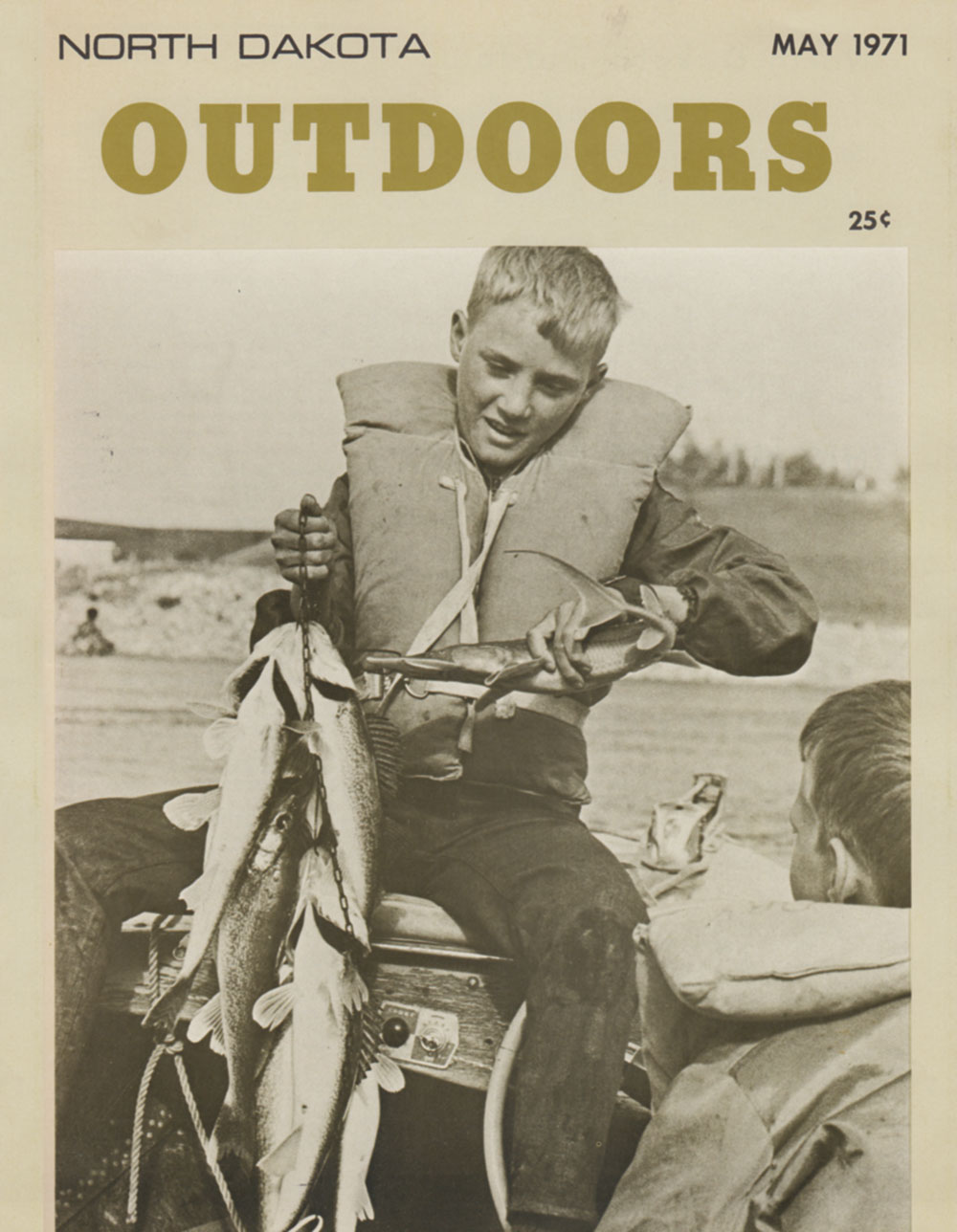
1971
In many quarters, even among some of the most knowledgeable sportsmen, the doe is still the great woodland mother-image. Although there seems to be a deeply ingrained stigma against shooting a female deer, the same feeling does not usually hold for bears, rabbits, ducks, geese and other species. But make no mistake about it – female deer go through the same agonizing ordeals of starvation as do the bucks, if Mother Nature is allowed to handle deer management problems with winterkill. Deer do not pair off like some animals. One buck will service a number of does, so by taking bucks only hunters are not holding down a deer herd or taking the maximum sustained yield.
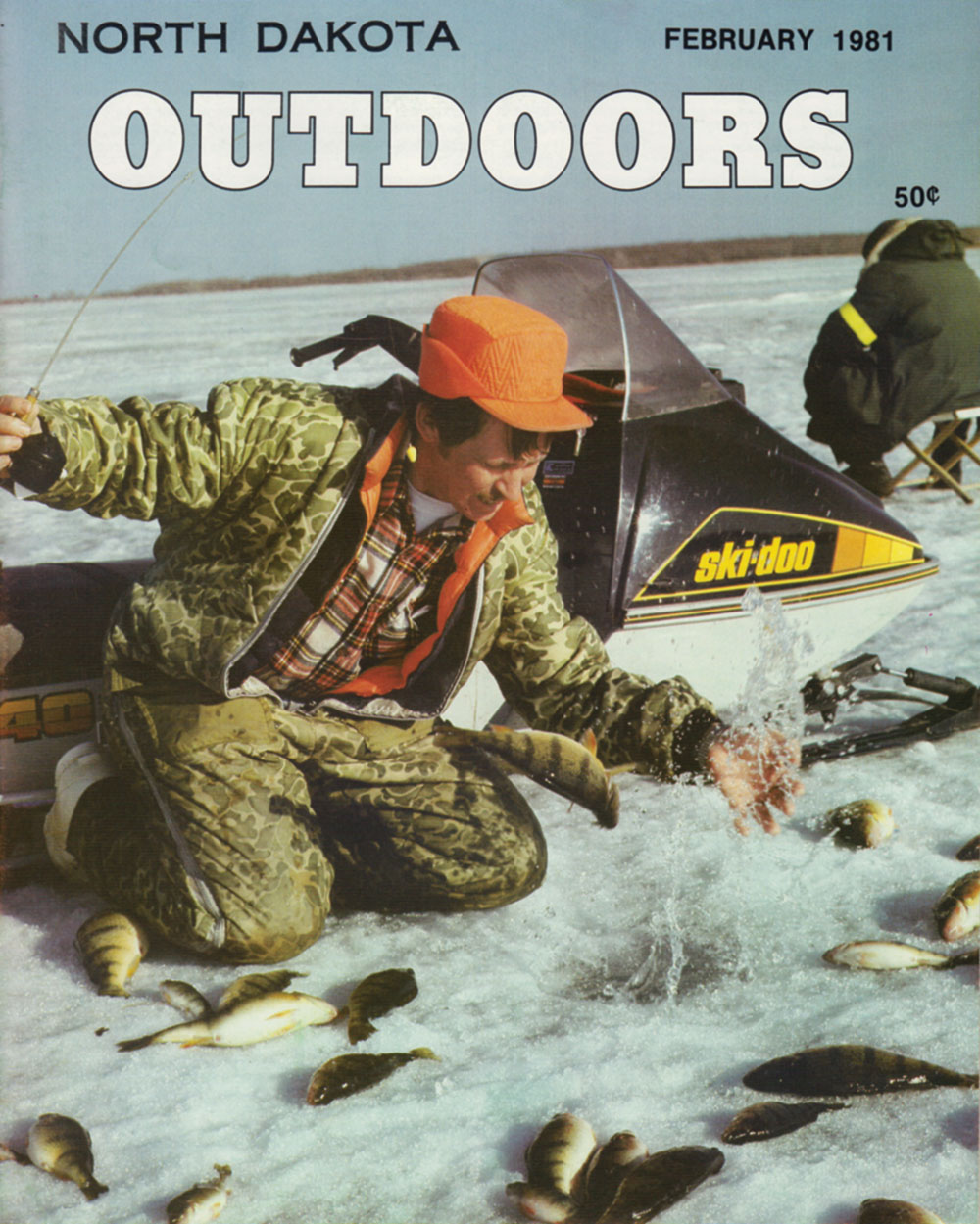
1981
The salmonid fishery (trout and salmon) in the Missouri System continues to generate new interest among anglers throughout Northern Plains states. Research and management of these species has been hard pressed to keep pace with fishery developments and public demand. Last fall marked the first collection of native chinook salmon eggs. Approximately 90,000 chinook eggs were collected and hatched at Garrison Dam National Fish Hatchery. These fish will be stocked late next fall in the hatchery water discharge system, in an effort to establish a spawning run back to the hatchery.
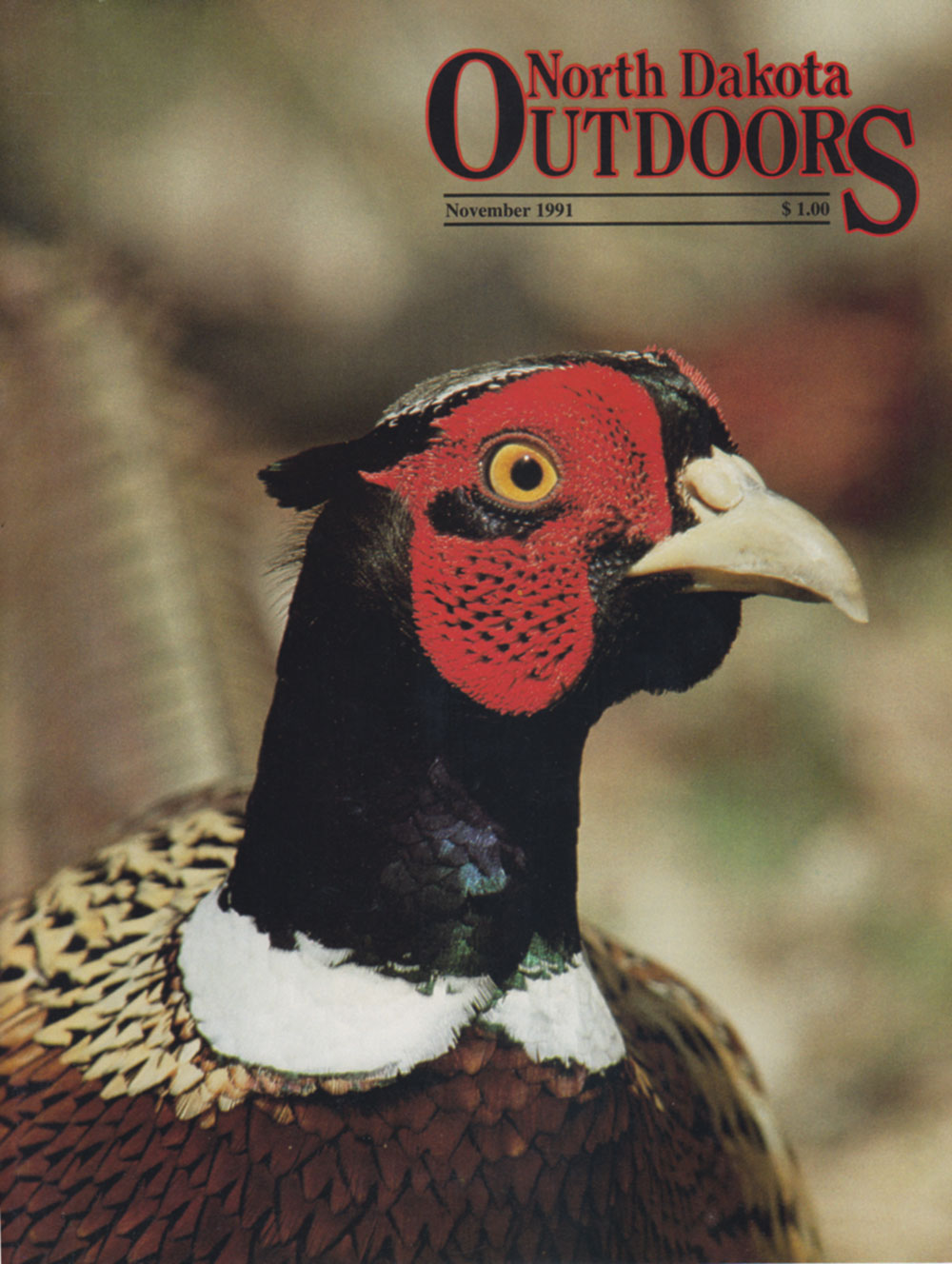
1991
There was a time when reports of a moose sighting in North Dakota would be challenged, scoffed at, or ignored as a product of someone’s vivid imagination. Of course, that wasn’t always the case as moose once thrived, as they do now, in the wooded areas of northeast and north central North Dakota. There was also a time the very suggestion of a huntable population of moose in North Dakota would have been thought an impossible dream … Since that first moose hunting season in 1977, both the population and the interest in hunting moose has grown. Since 1985, the Department has issued 100 or more permits each year, reaching a record of 131 permits issued for the seasons held in 1987 and 1988.
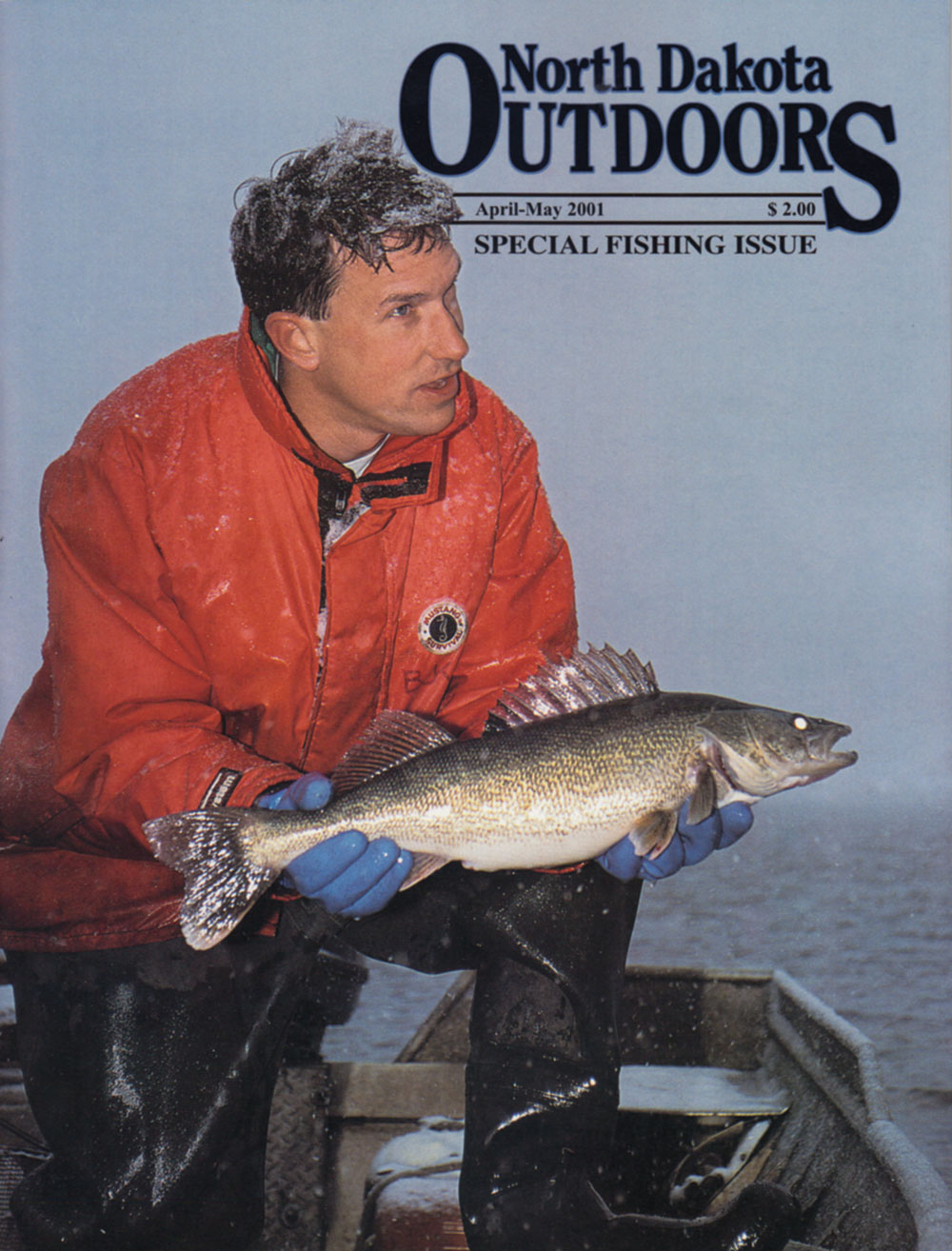
2001
A badlands mule deer hunt is always a chance for magic – exploding coveys of sharp-tailed grouse, sage and blue grama grass, wicked winds, ancient, wrinkled land and the deer. There is the exposed strata revealing generations, eons of life, death, changes and perseverance. Like this exposed clay, coal and sandstone mark the passage of time, so too these buttes and coulees have marked my life. My first deer hunt drew me into the badlands. I was young, short-legged. My lungs burned as I pushed through the broken lands. With each passing fall I grew, my legs leading me farther from the truck, farther from the chaos of being a teenager.
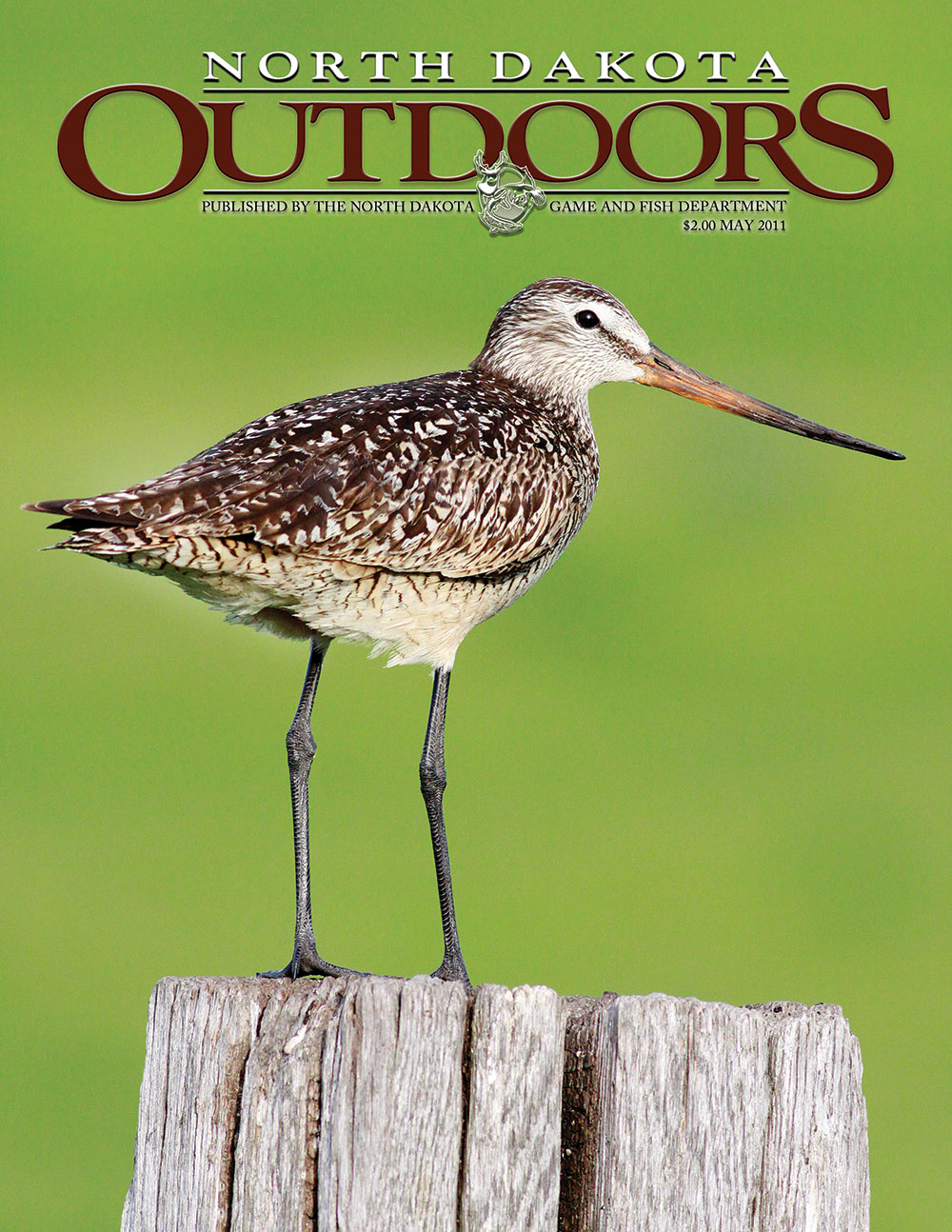
2011
Most North Dakotans have never seen a bobcat and likely never will. This speaks more to the animal’s furtive nature, habitat choice and predilection to hunt in low light, rather than its abundance in the wild. Like a whisper quietly slipping through the cedar and sage of the rugged badlands, the bobcat spends much of its existence unnoticed. Just because these predators aren’t as conspicuous on the landscape as, say, white-tailed deer or Canada geese, doesn’t mean wildlife managers discount their presence. Quite the opposite, as bobcats in North Dakota are carefully managed.
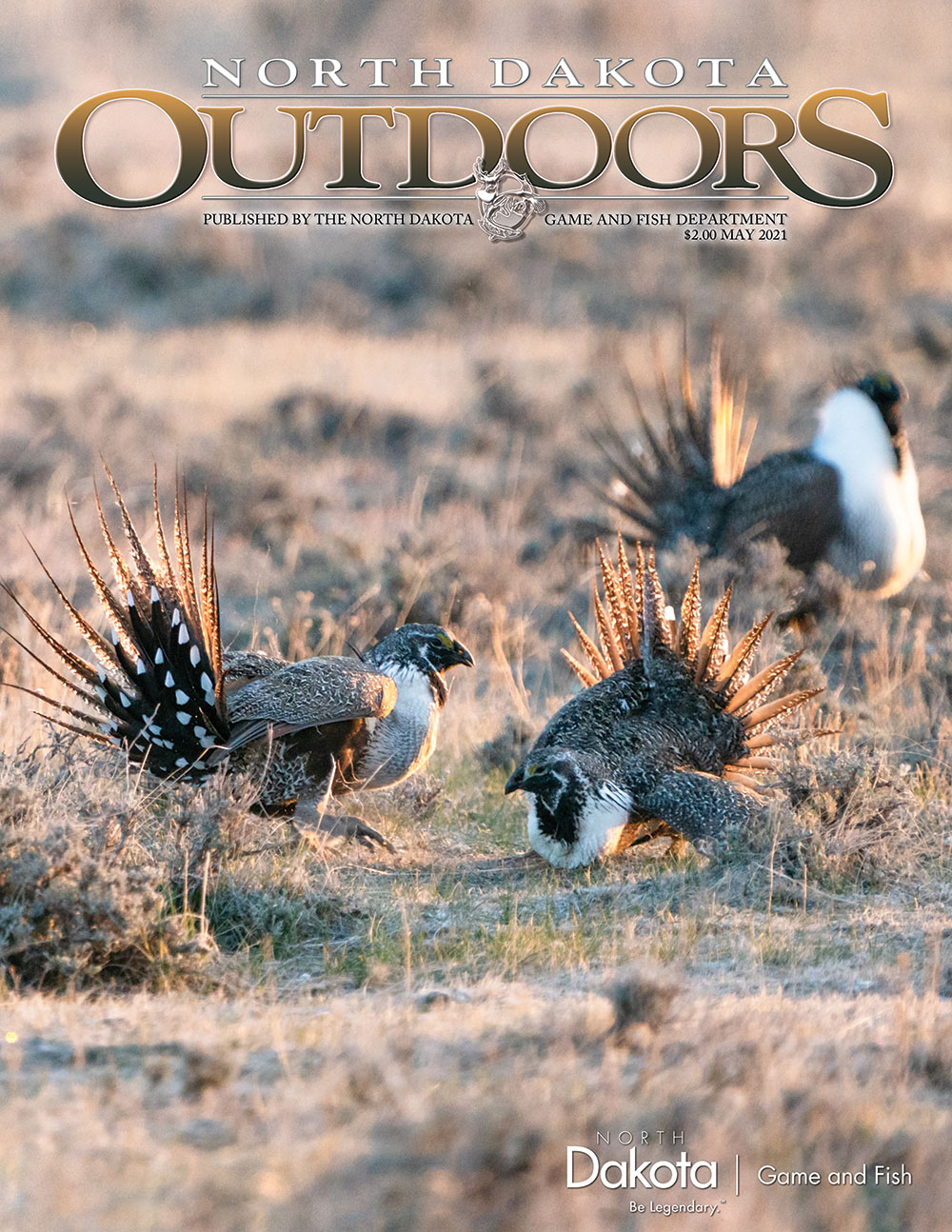
2021
Ongoing coronavirus concerns have affected all of mankind, and though its consequences have been dramatic, many of its affects have been a surprise. One of these impacts has been the role the outdoors has had on our society. Outdoor participation in a myriad of activities has sky-rocketed throughout the U.S. and world in the last many months. Camping, biking, hunting and fishing are just a few of the benefits being experienced by the public. Connecting or reconnecting with the outdoors has rewarded many (millions) with improvements to their mental health. In North Dakota, we’ve also witnessed an uptick in outdoor activities in the last year, and this includes angling. In fact, the 2020-21 fishing season has been record-setting in terms of license sales, participation and effort. However, if you turn the clock back to a year ago, there was talk concerning whether we’d have a fishing season.
